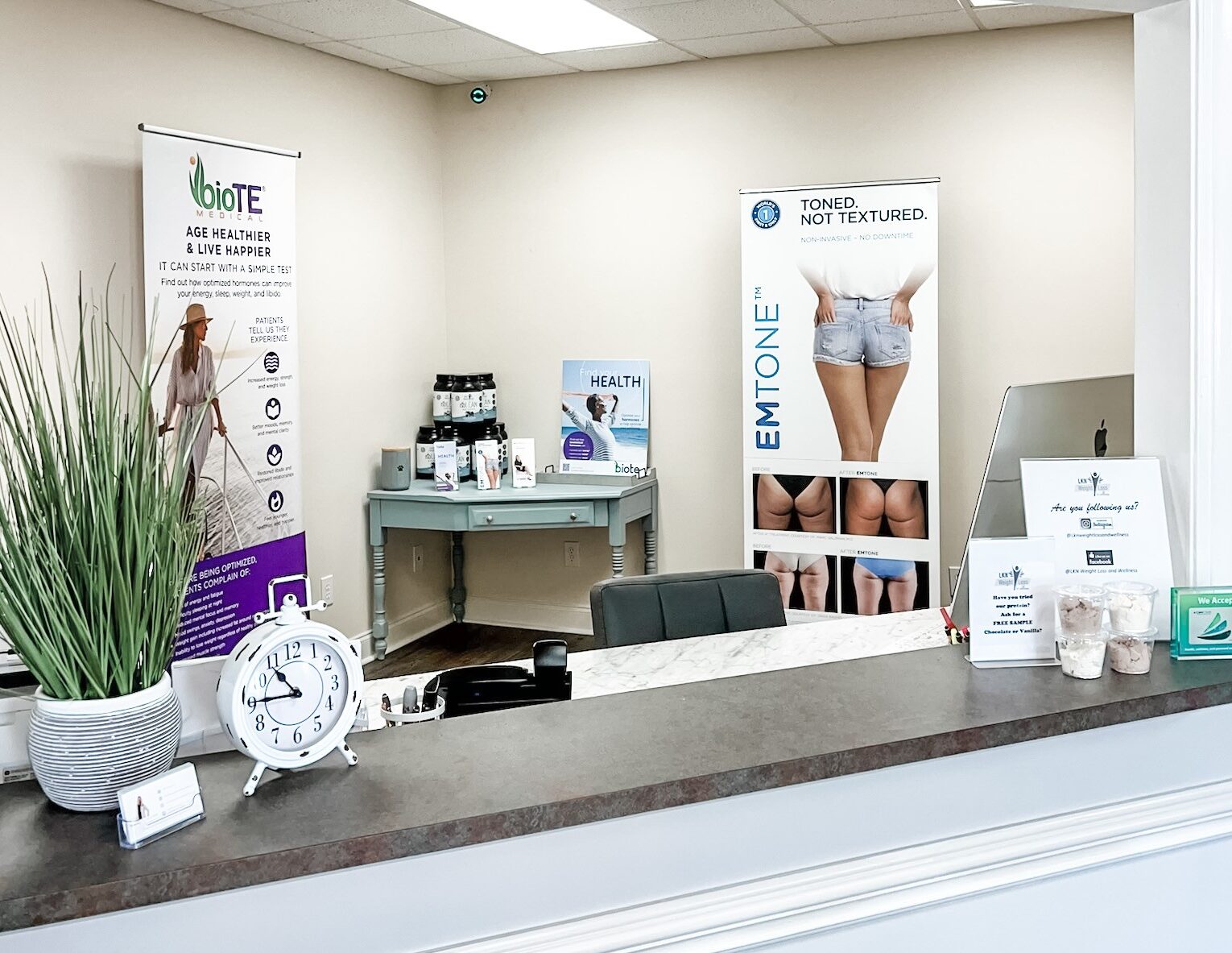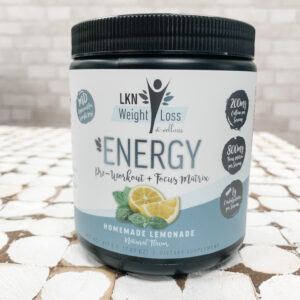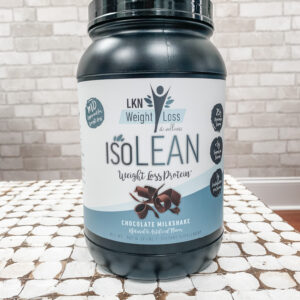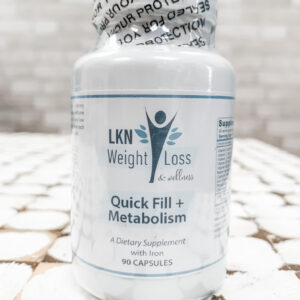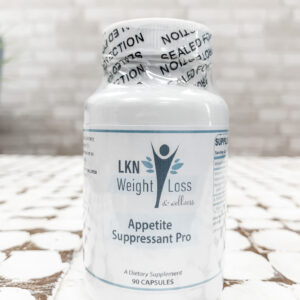Welcome to LKN Weight Loss and Wellness! With our practice based in Cornelius, NC, our team honors your goals and skincare history. We provide you with one-on-one attention to ensure our strategy aligns with your priorities.
We work with our patients to provide actionable steps to reach your goals. With over 15 years of experience in medicine, our aesthetic professionals will make recommendations unique to your needs.
As well as providing you with an amazing experience, we strive to leave you feeling empowered, energized and ready to exceed your weight loss goals. Contact us today to get started!

